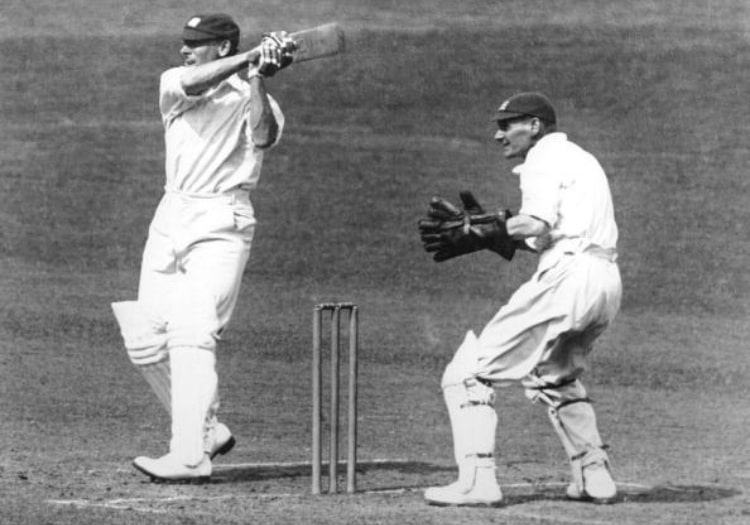FROM THE ARCHIVE: While war raged the Bradford League became an unlikely sanctuary for players such as Hobbs, Barnes and Woolley. They attracted huge crowds but not everyone was happy


Subscribe to The Cricketer for exclusive content every day: The inside track on England's Test tour with George Dobell in Pakistan, award-winning analysis, breaking news and interviews and the only place for in-depth county coverage all year round. Plus: An ad-free app experience at your fingertips. Subscribe to thecricketer.com today for just £1.